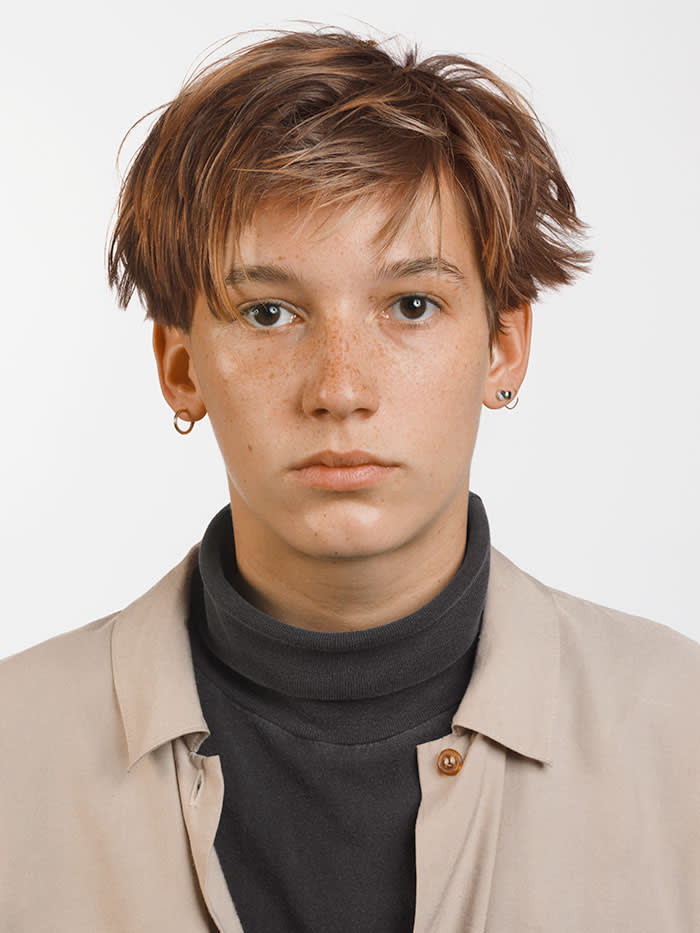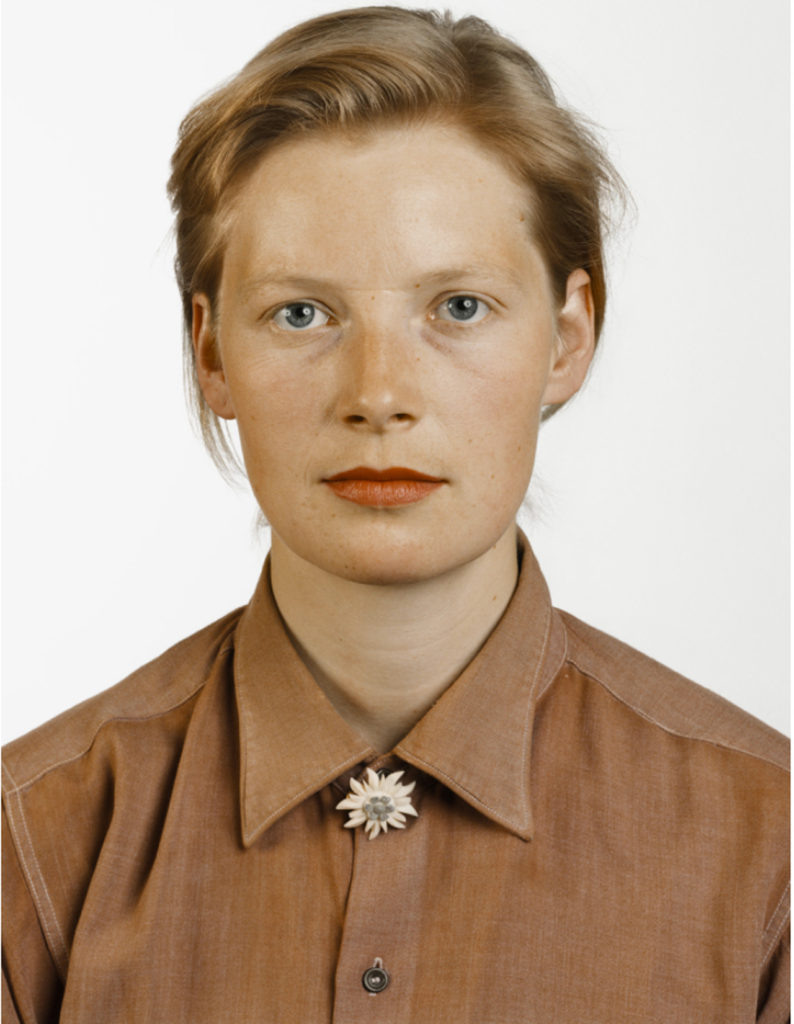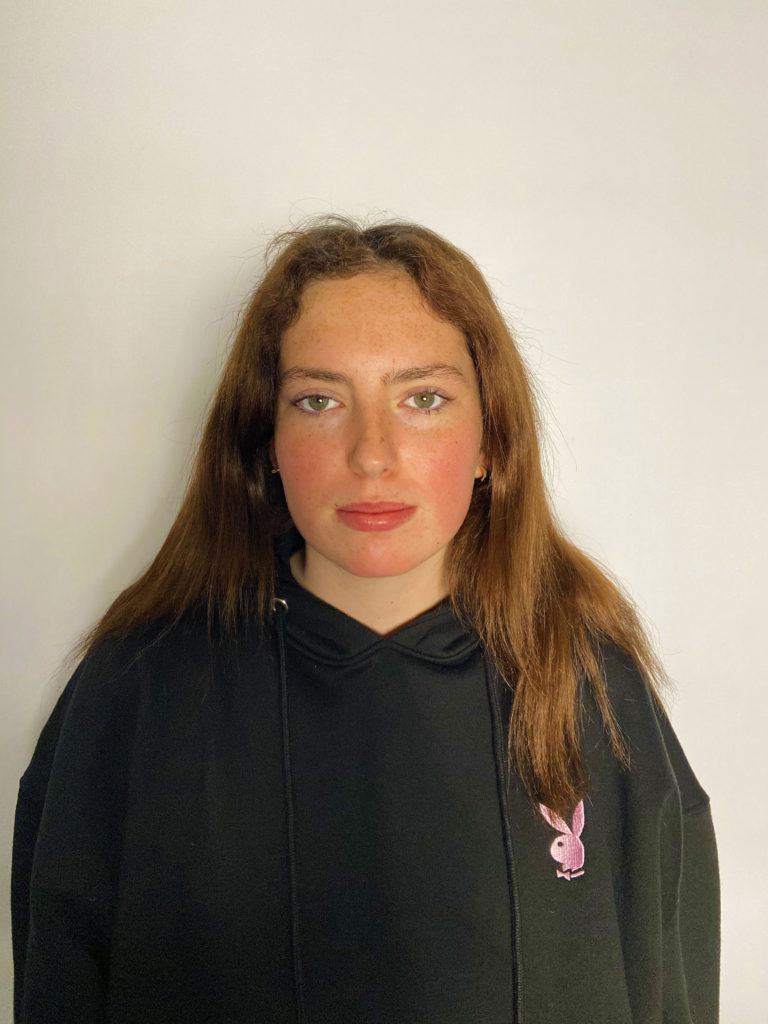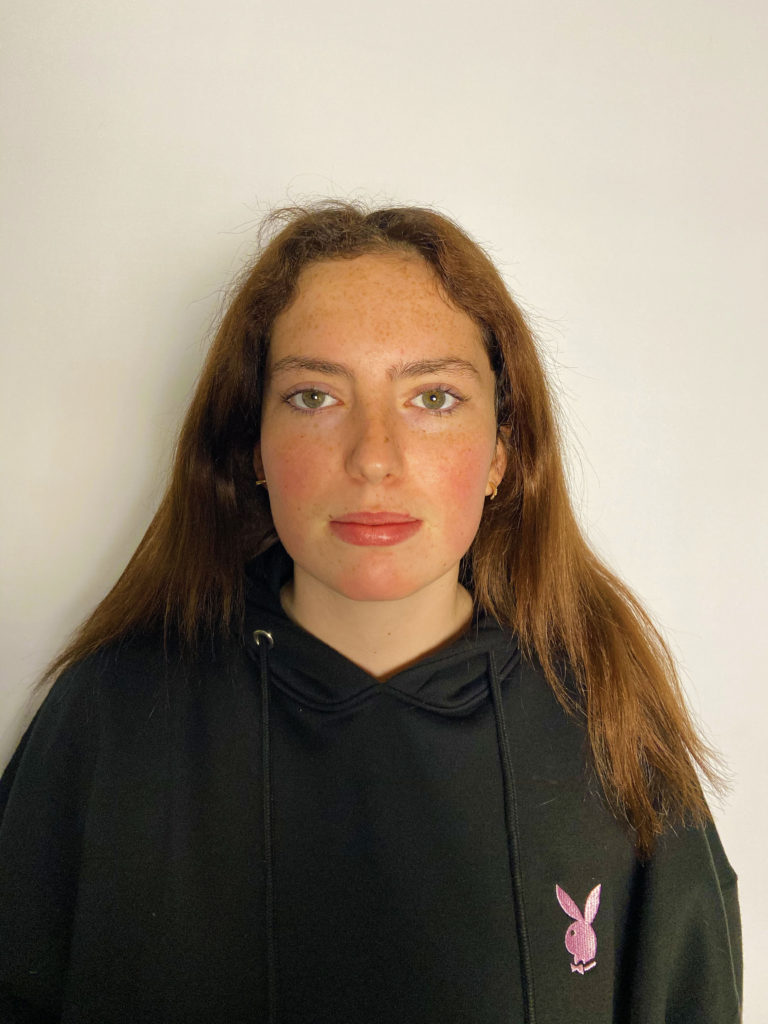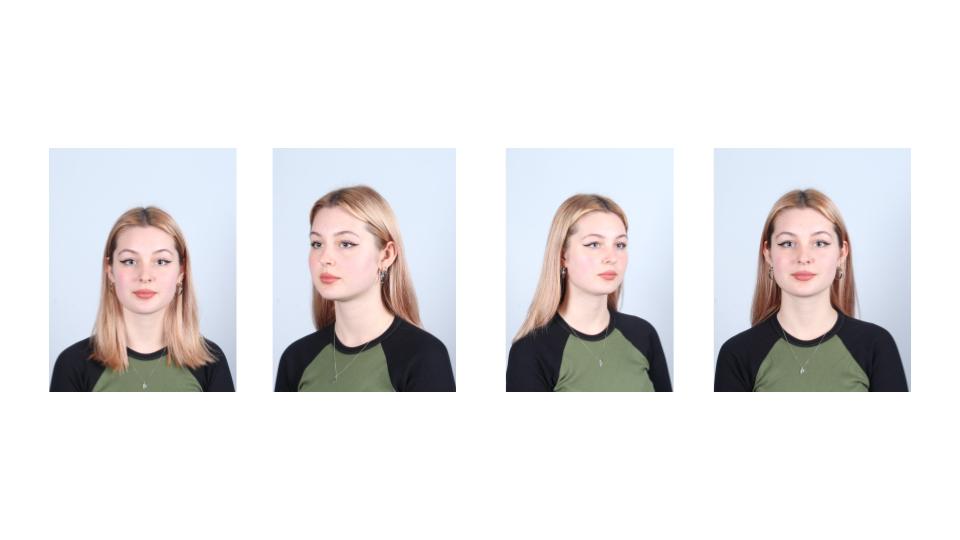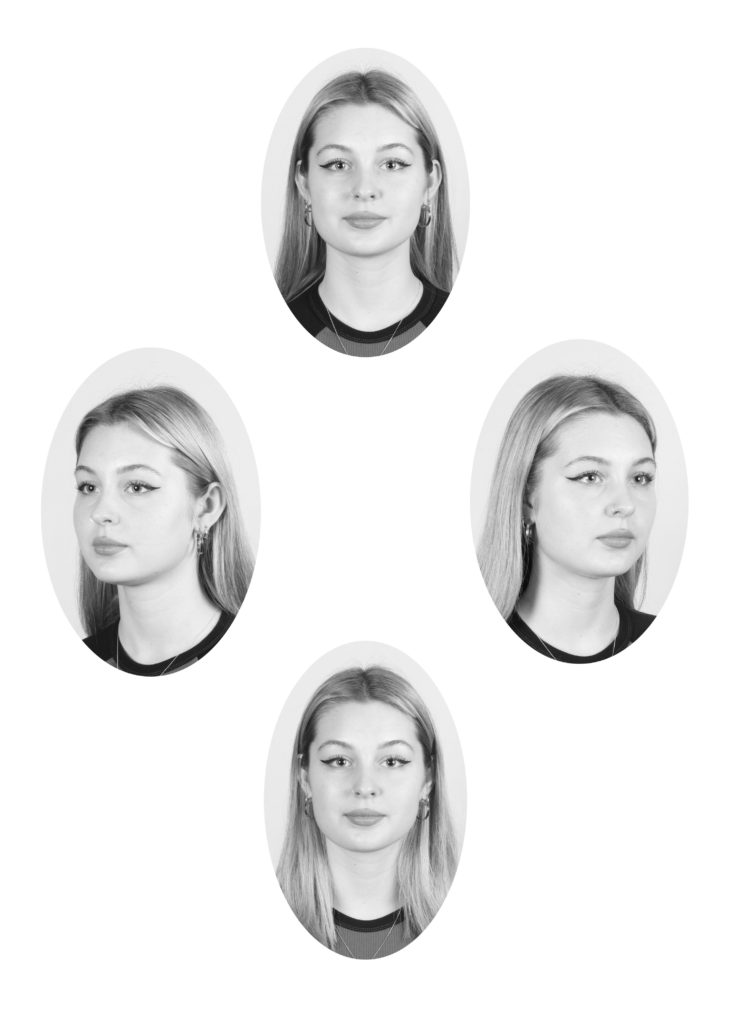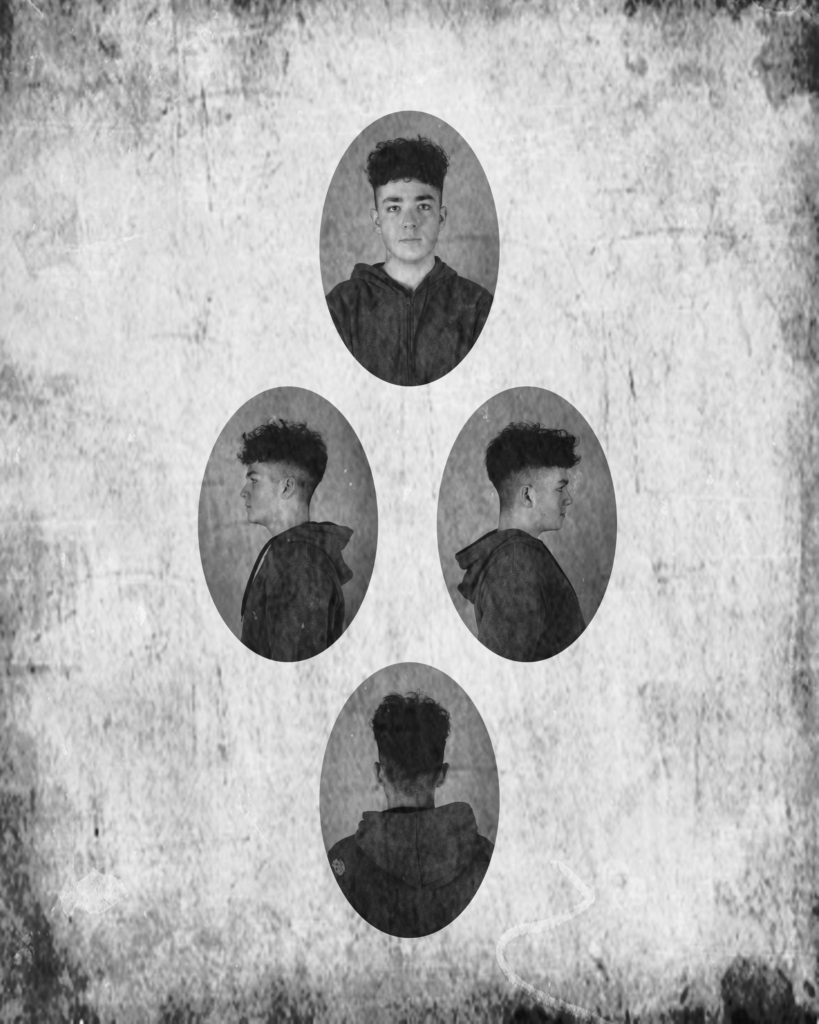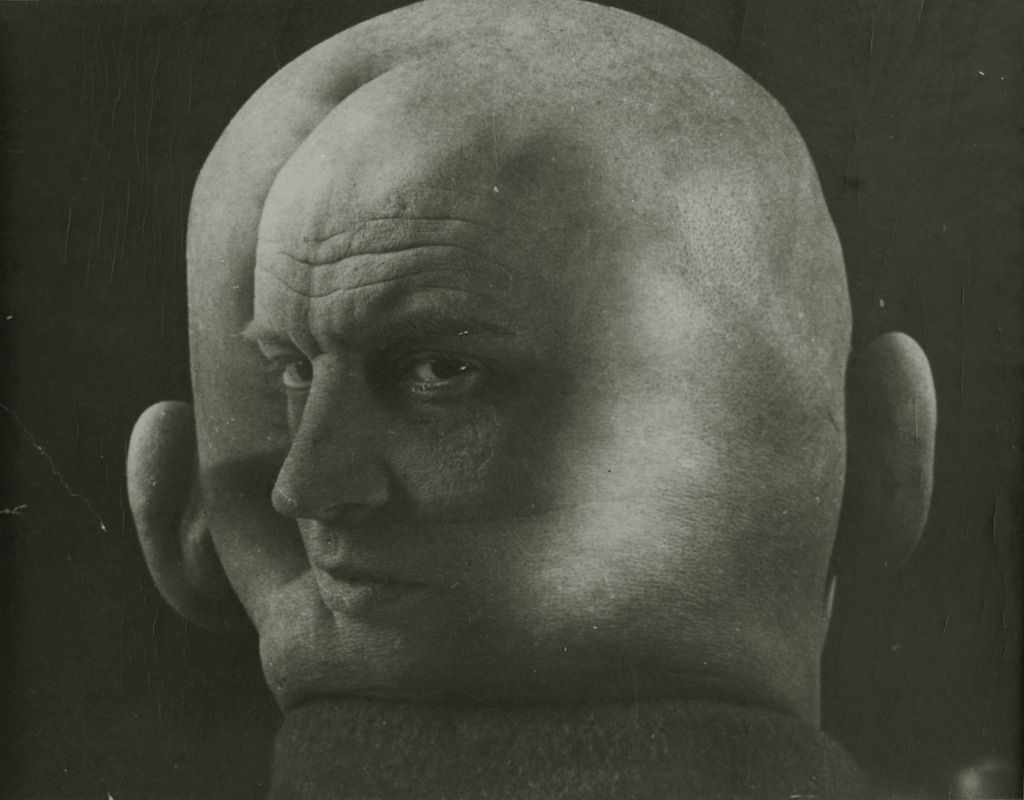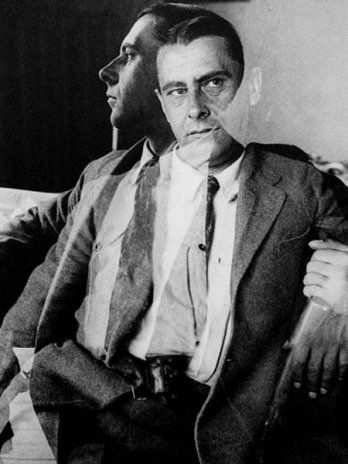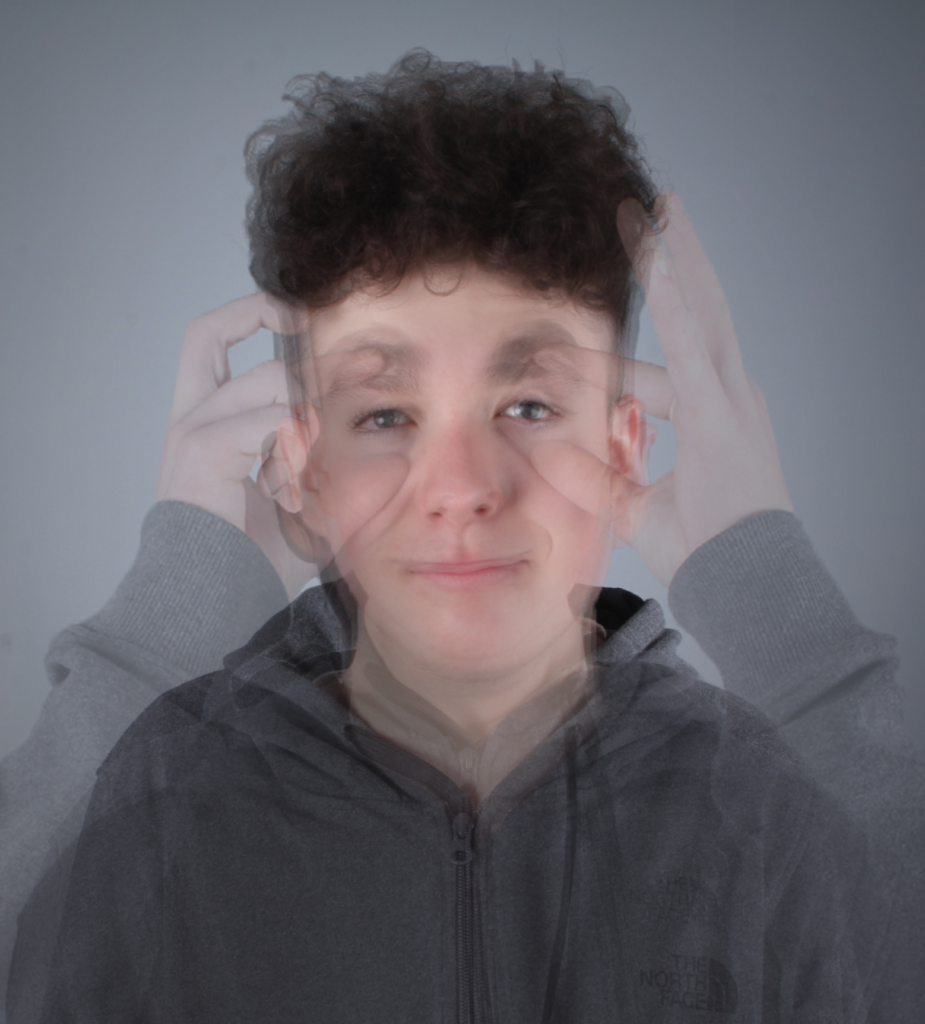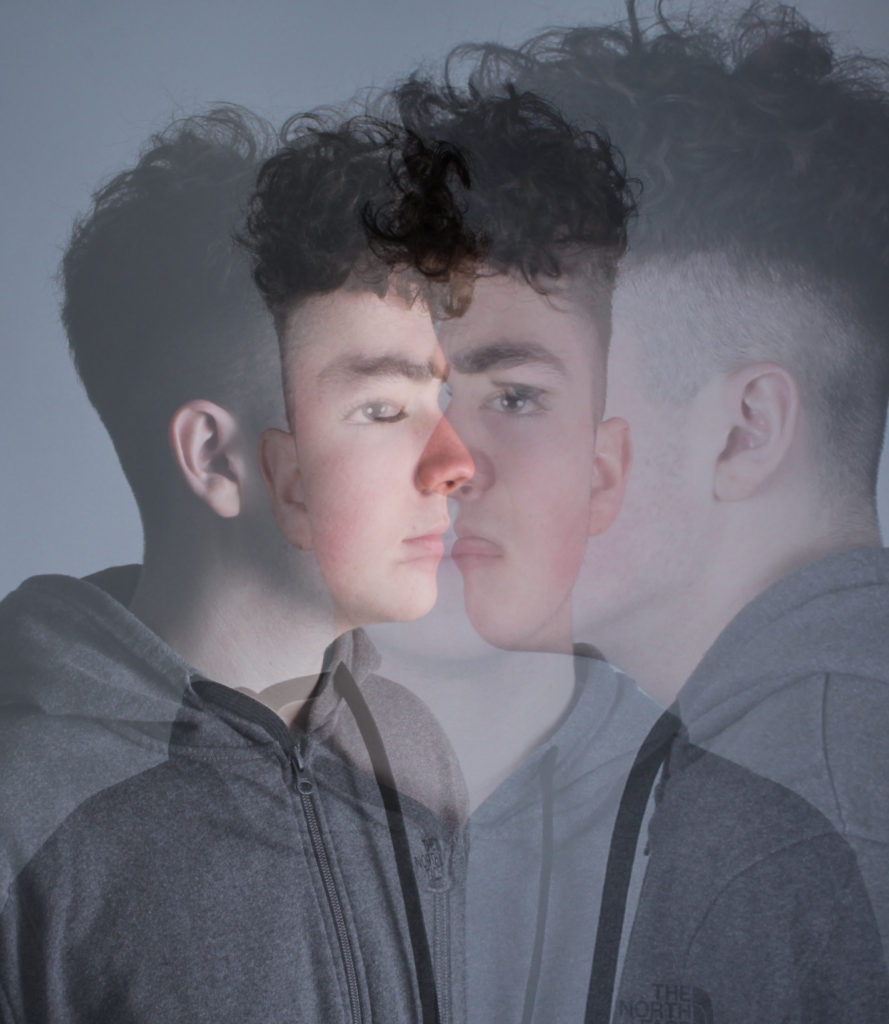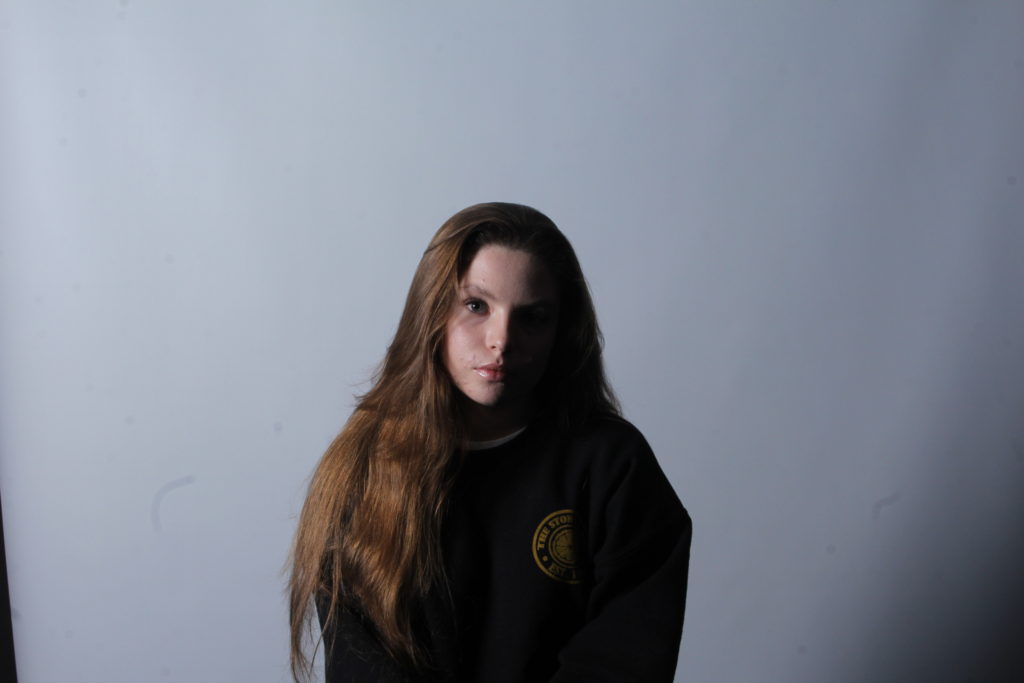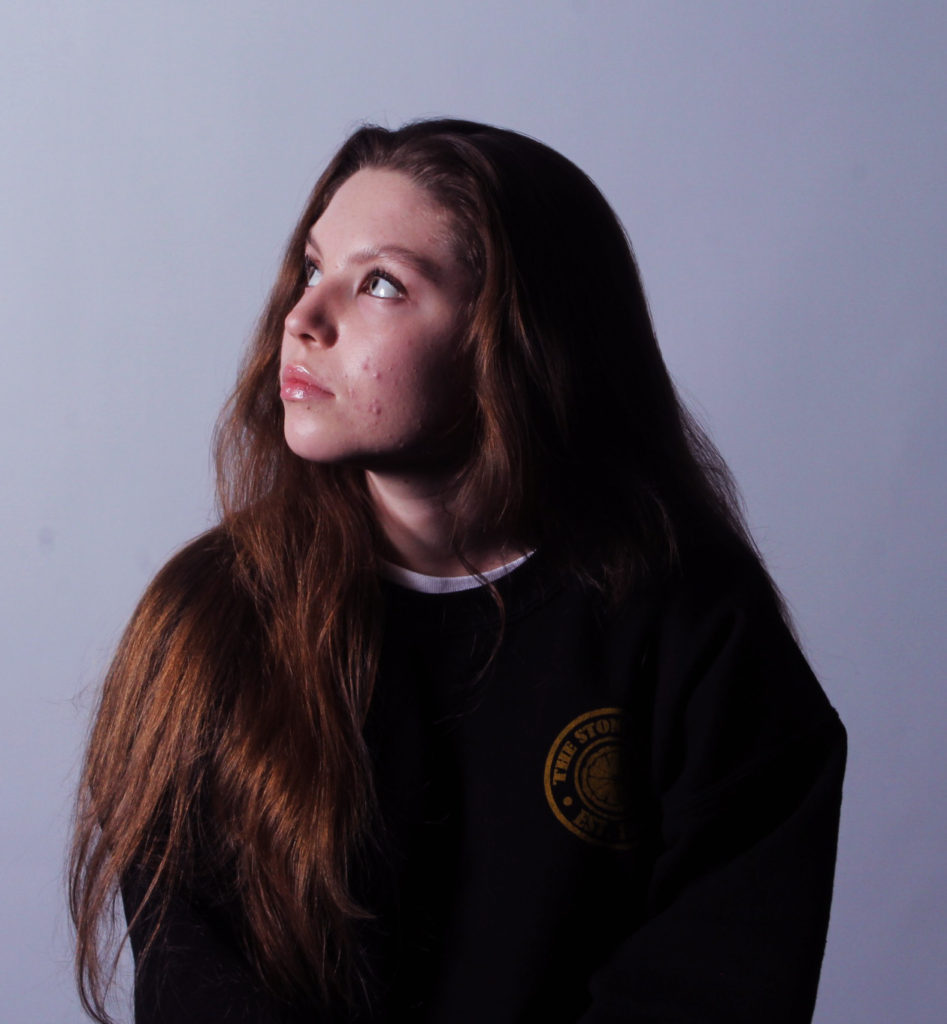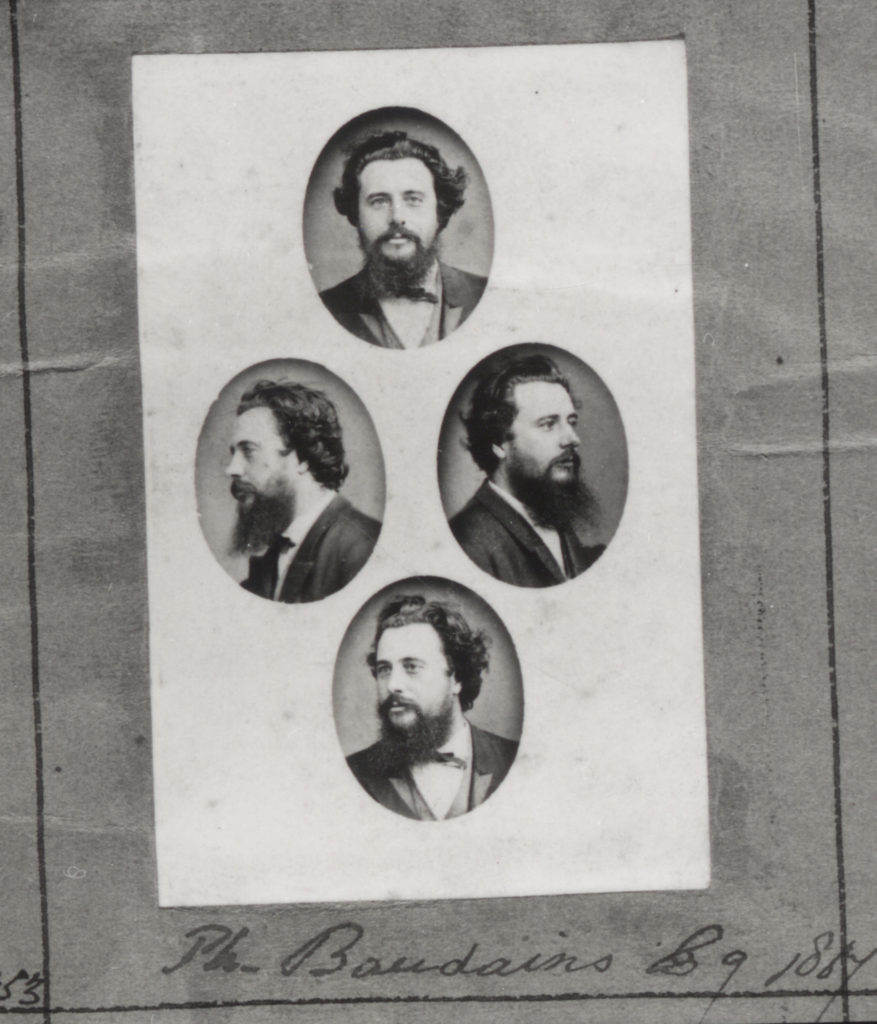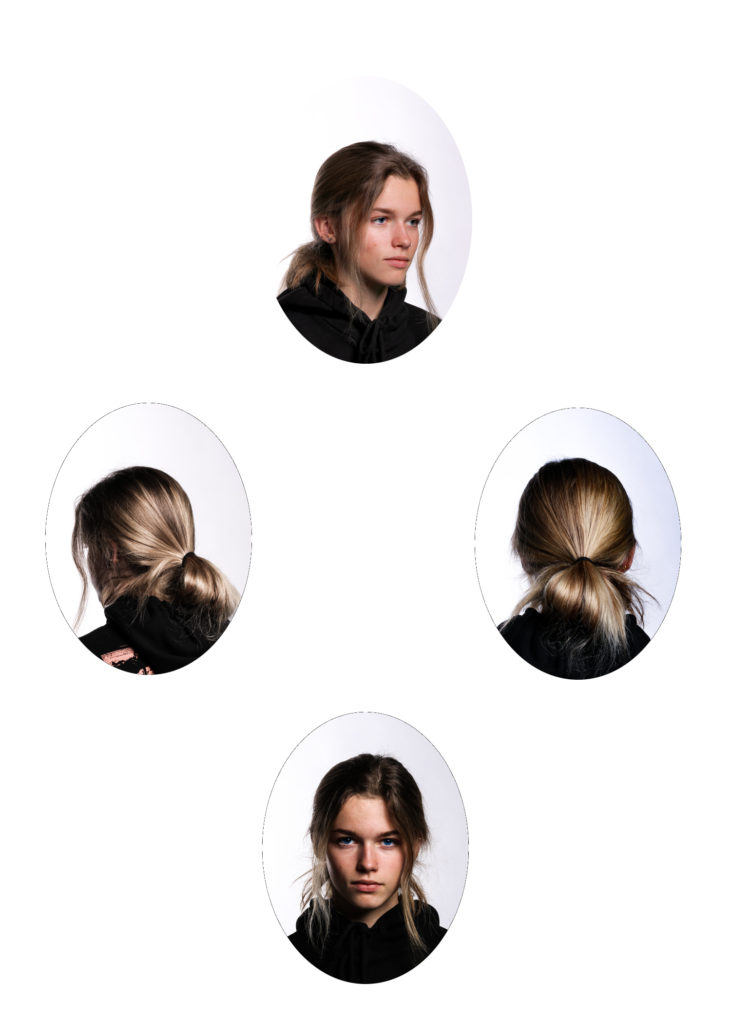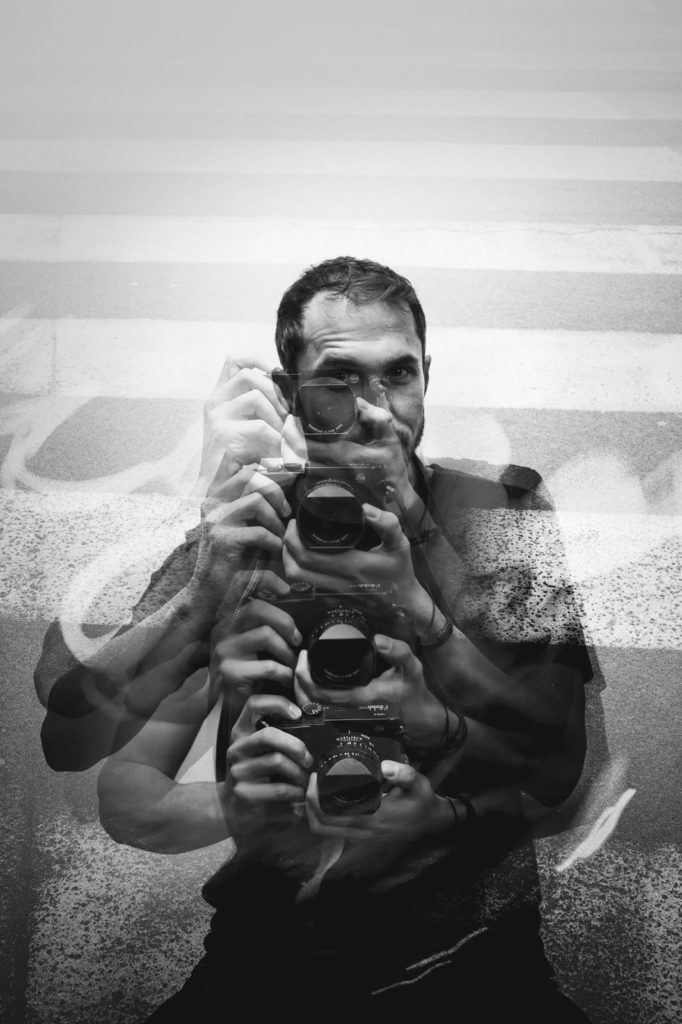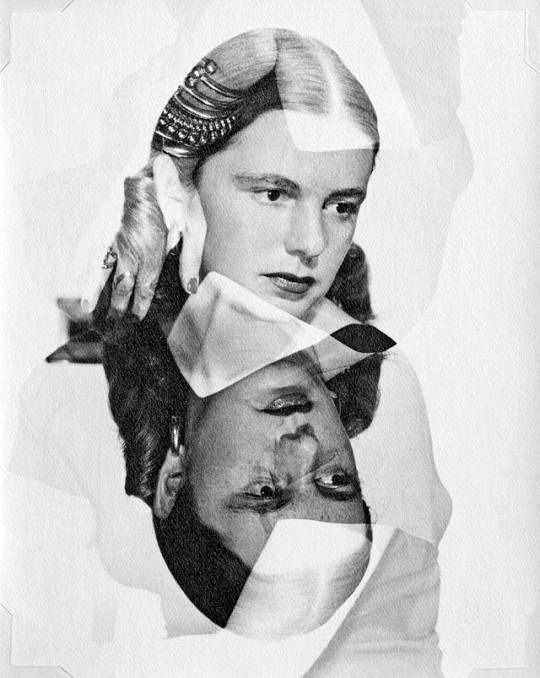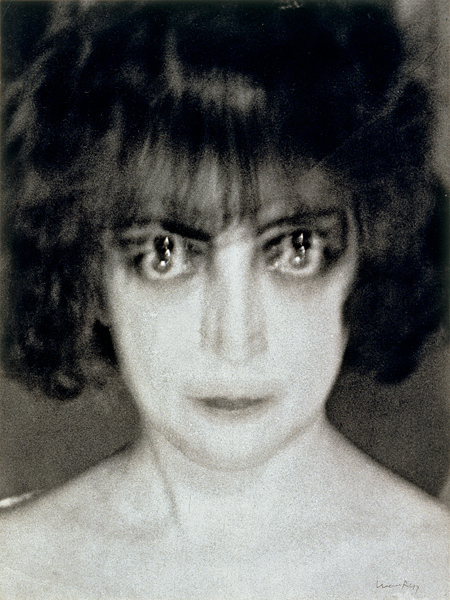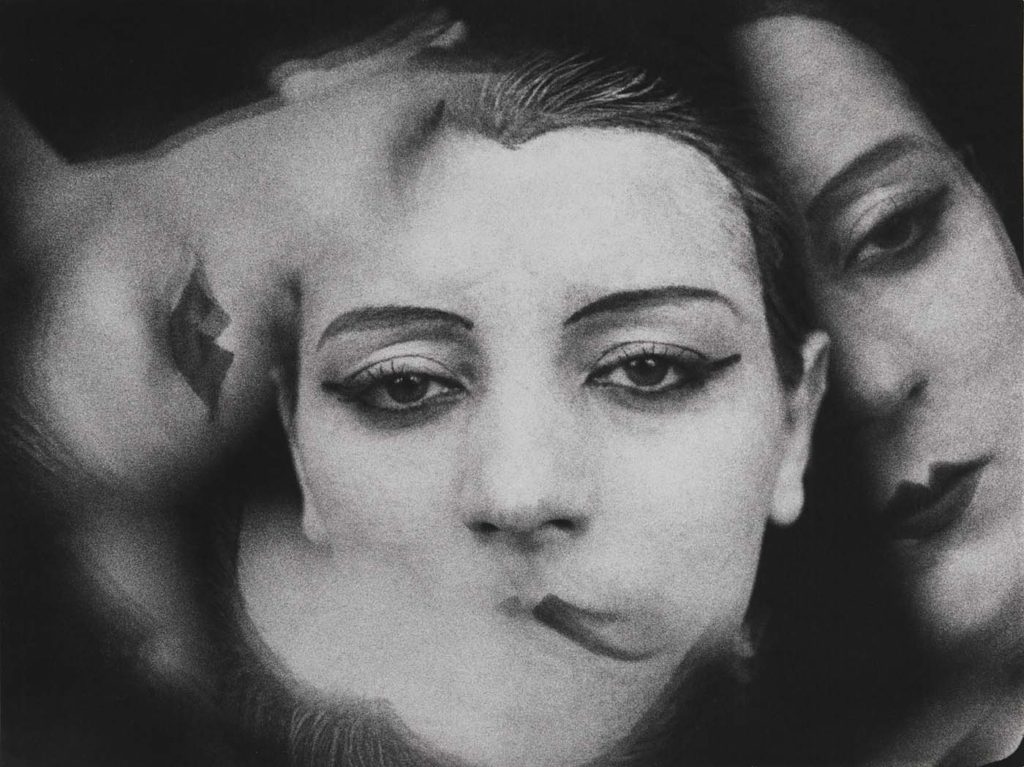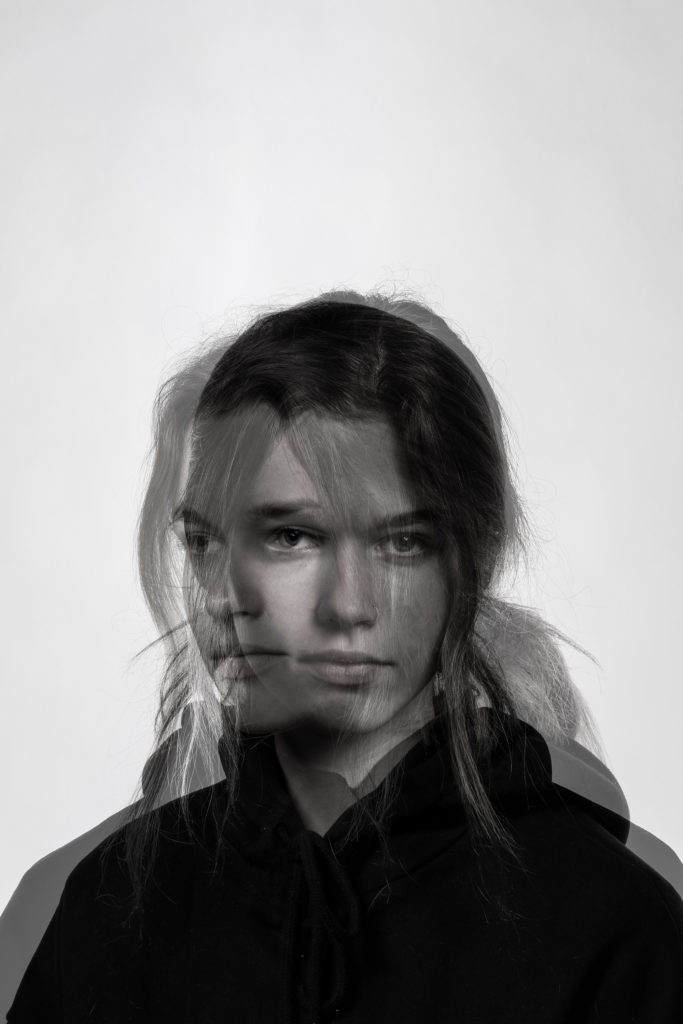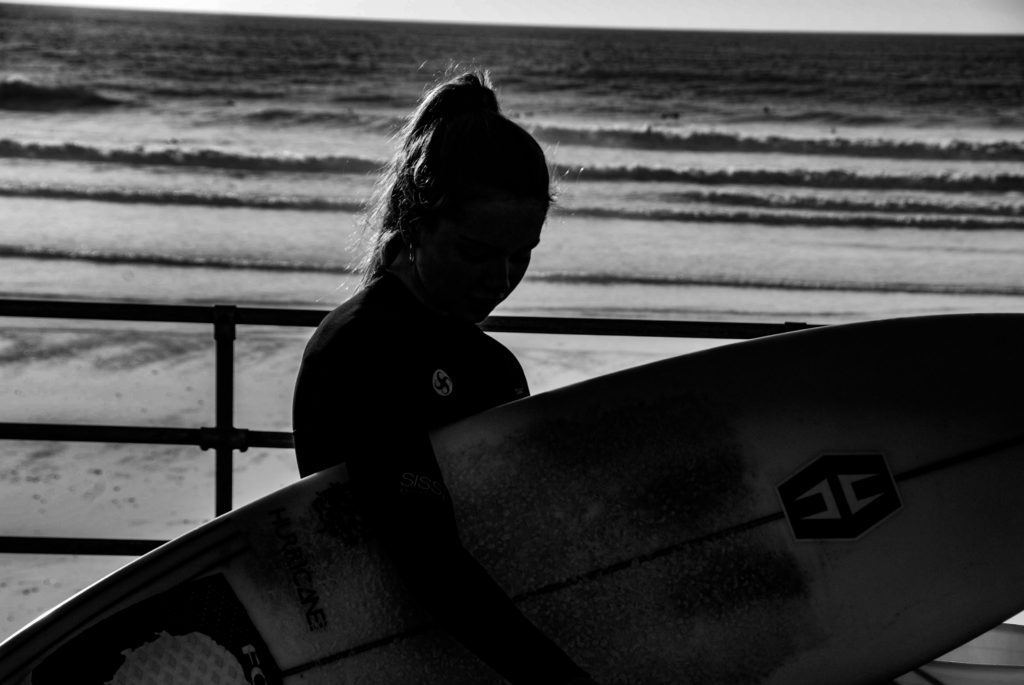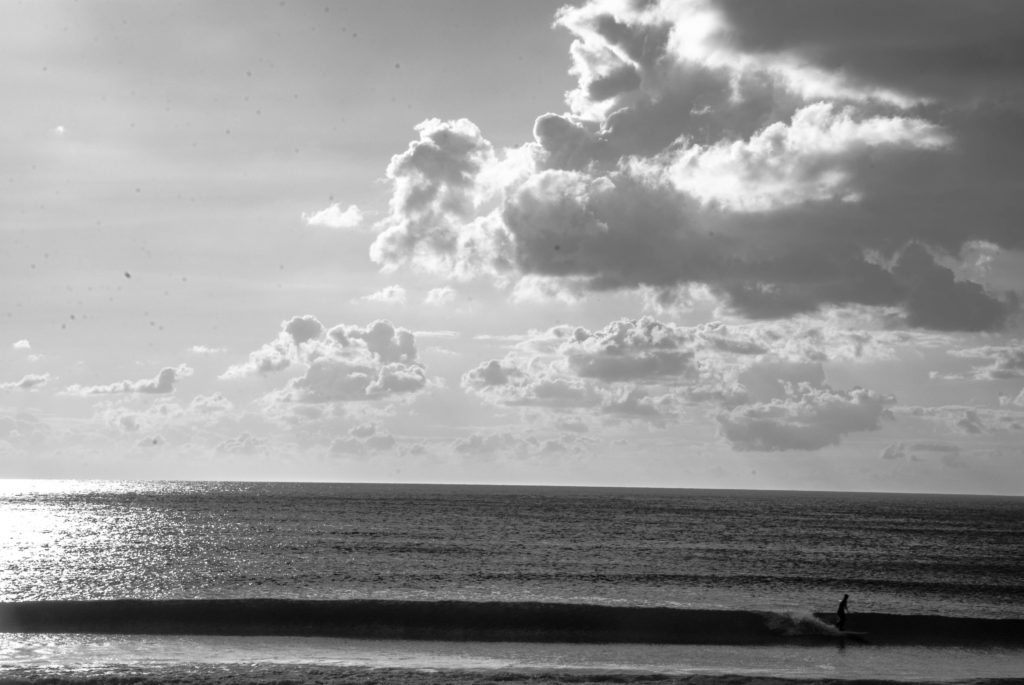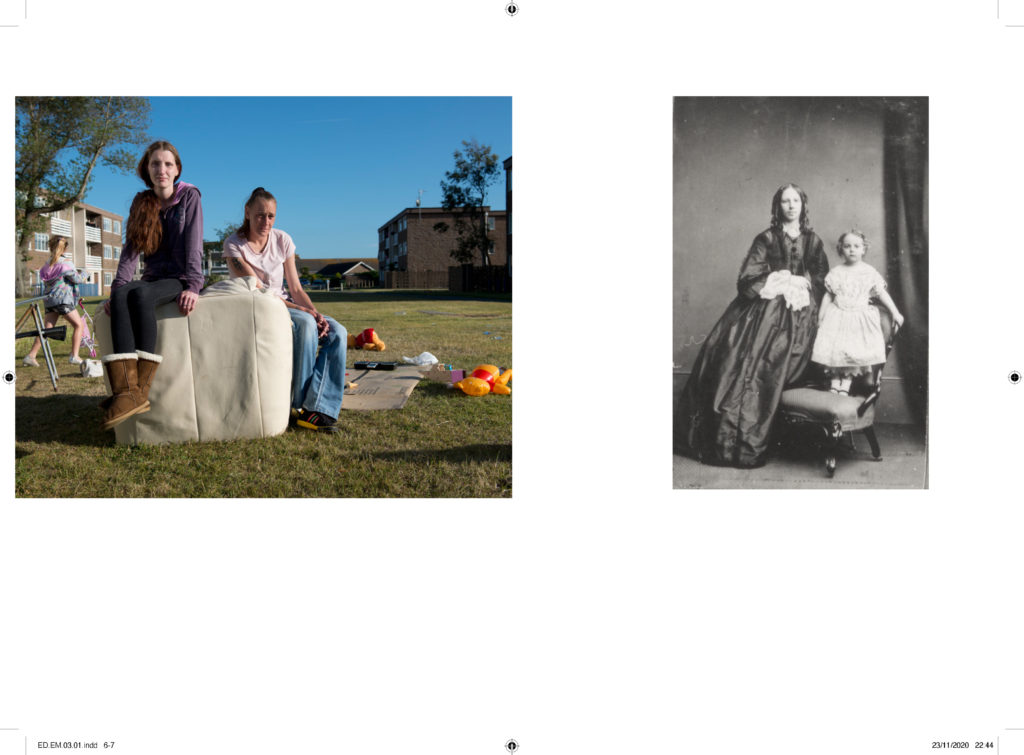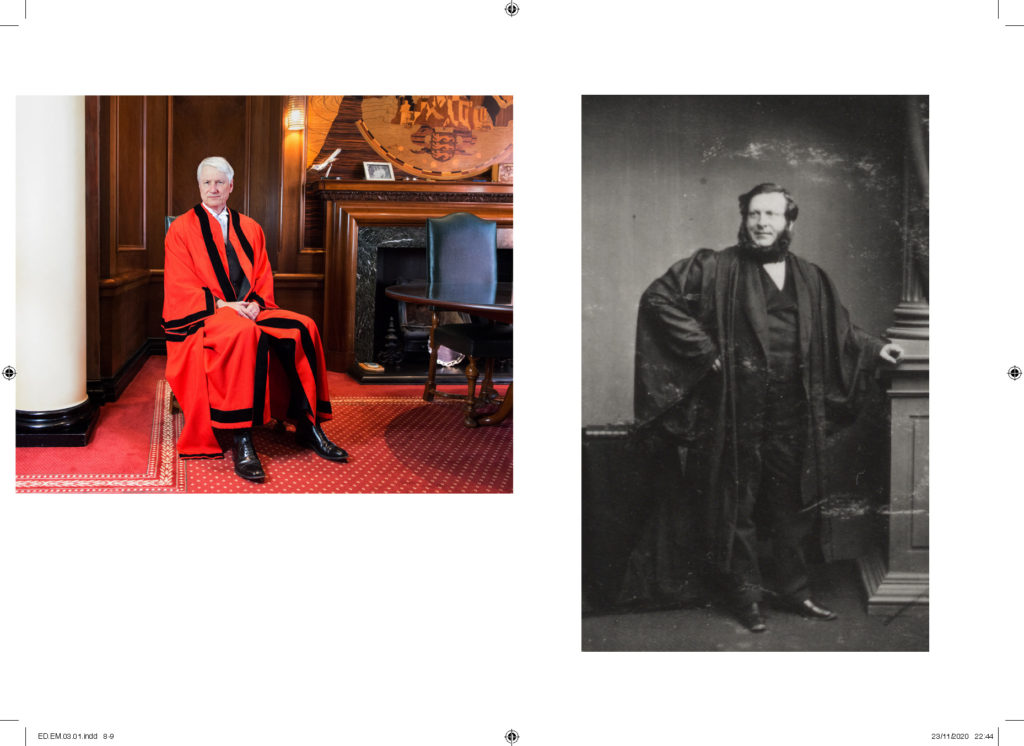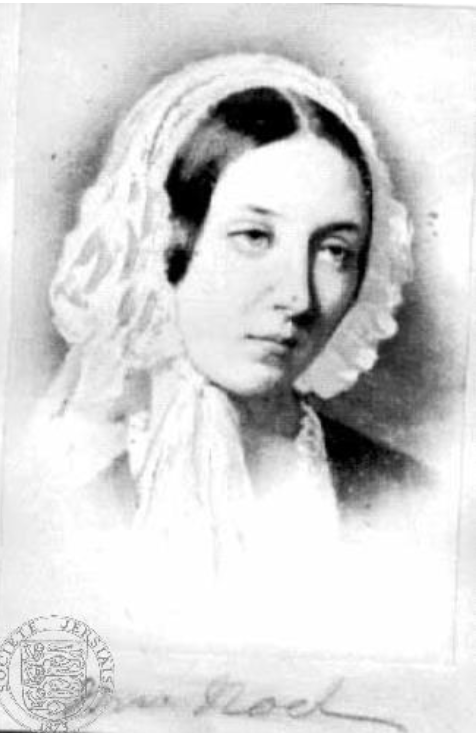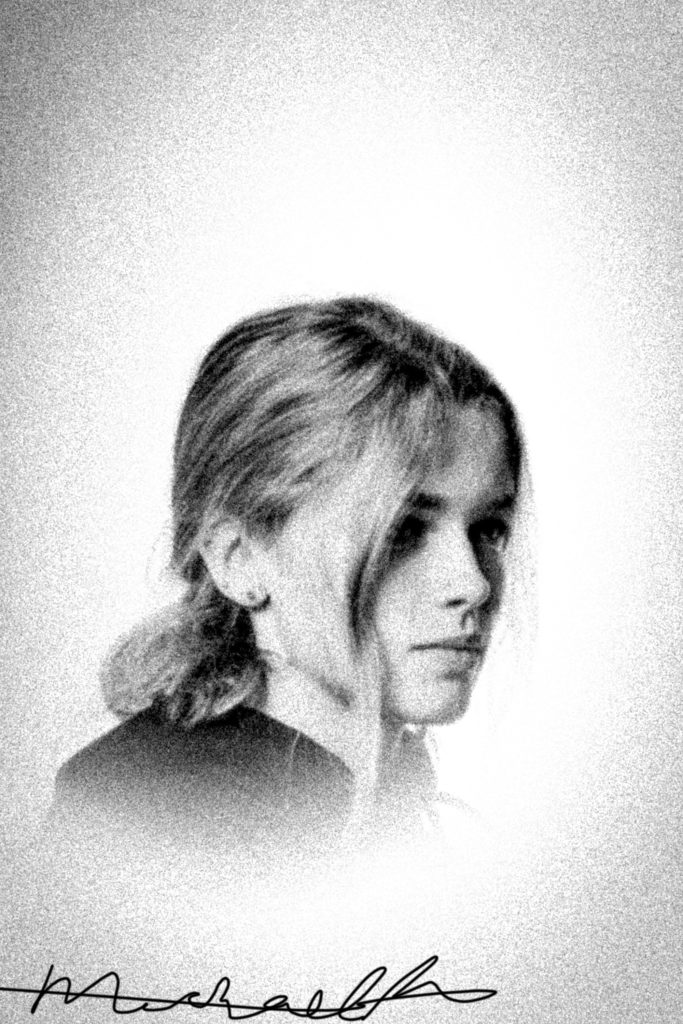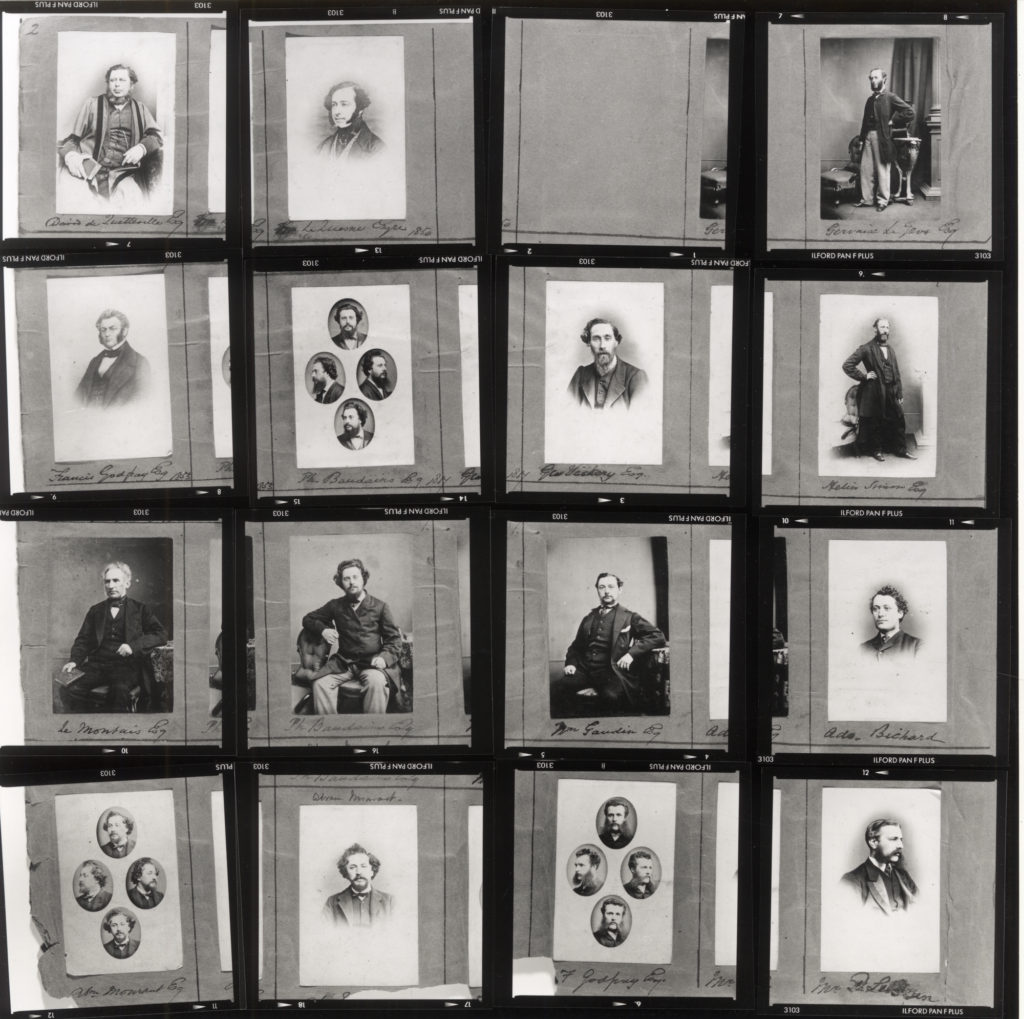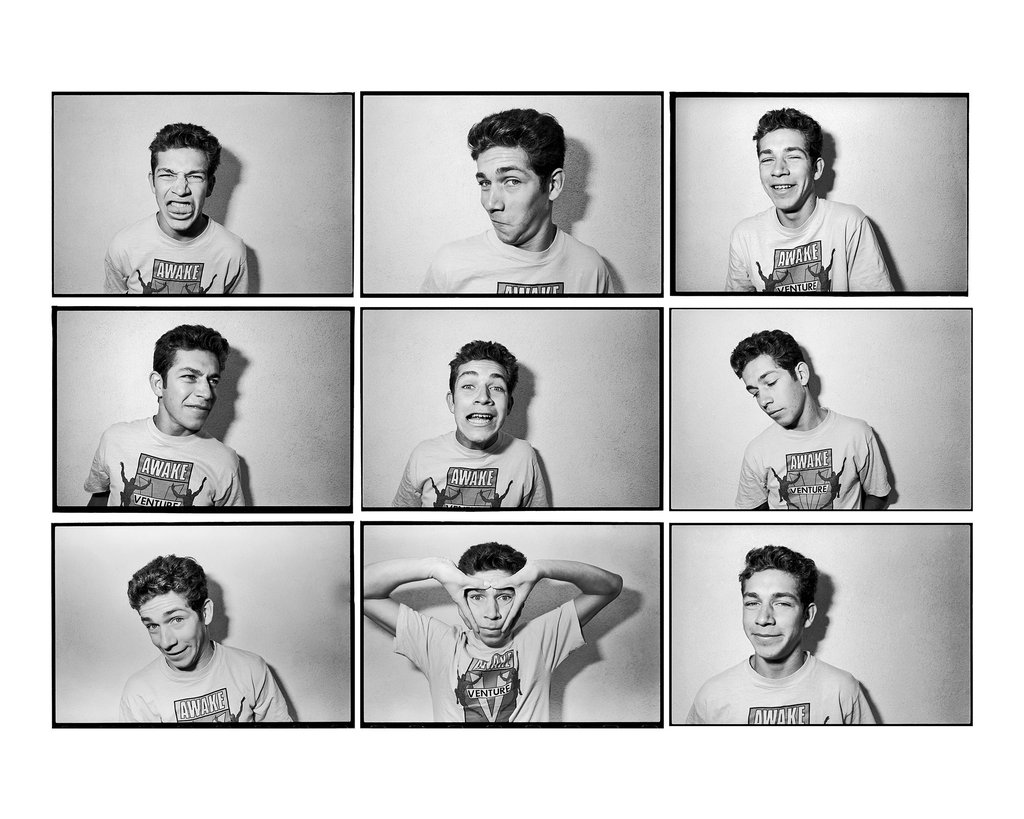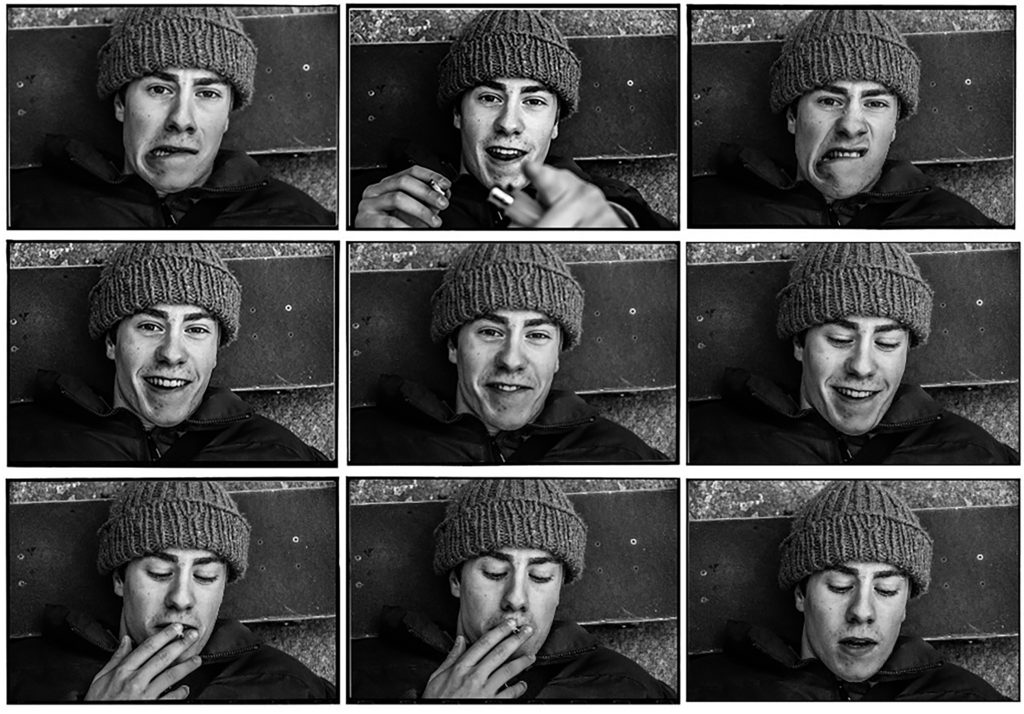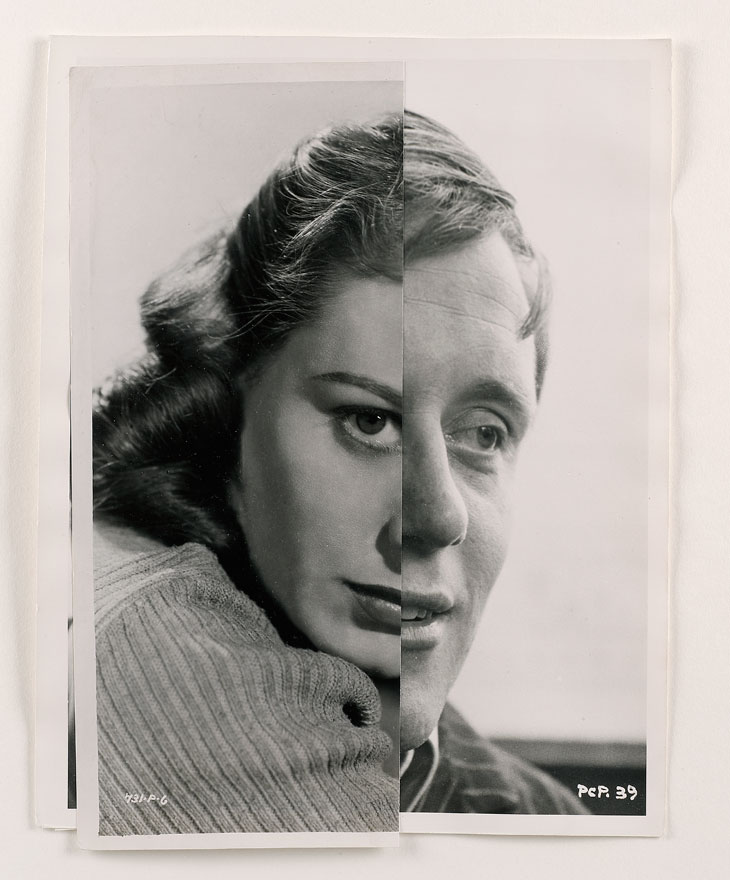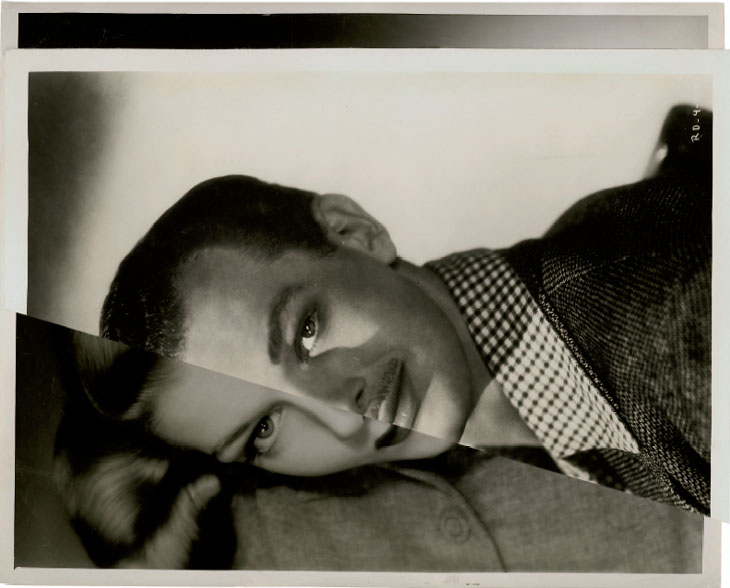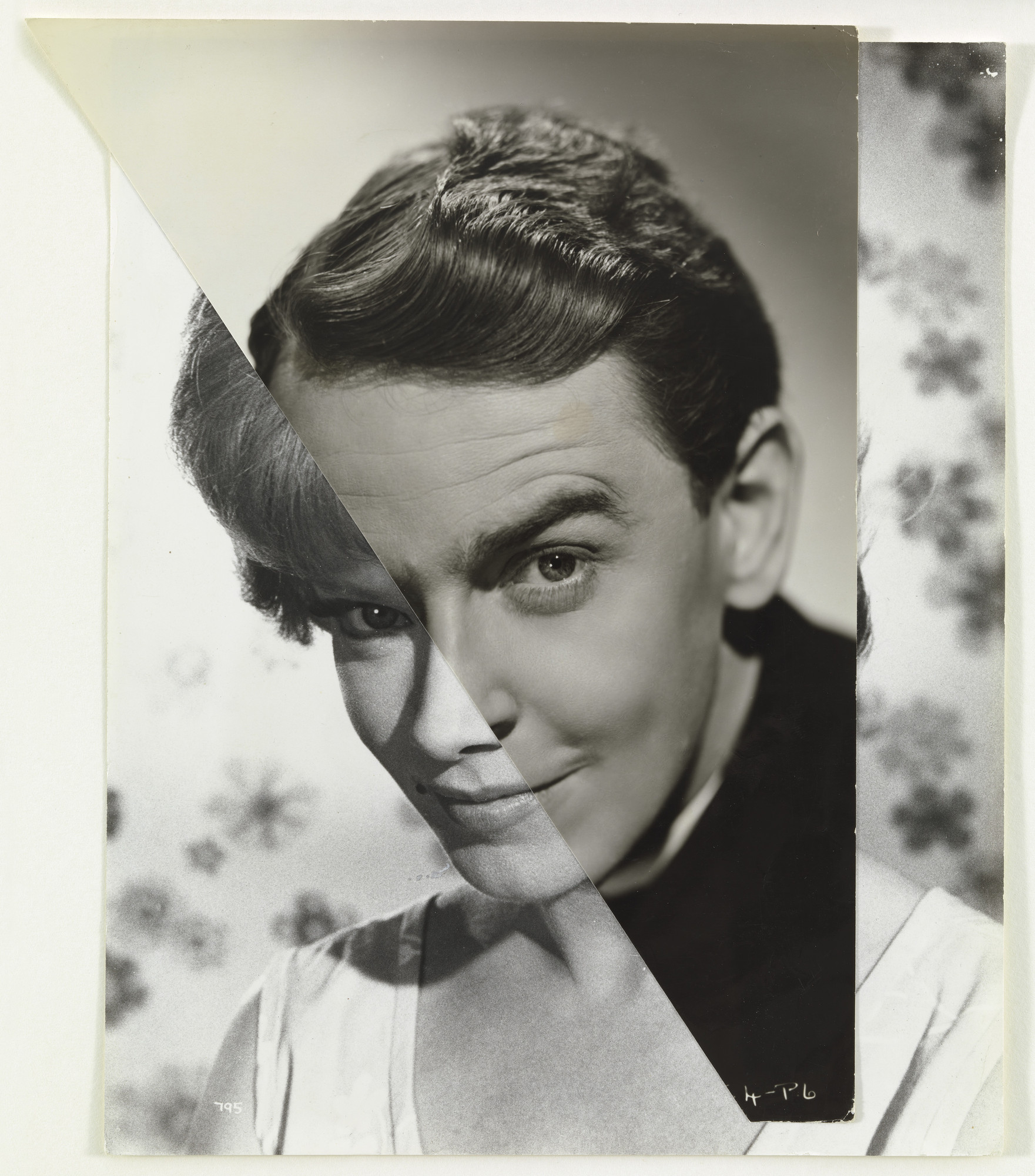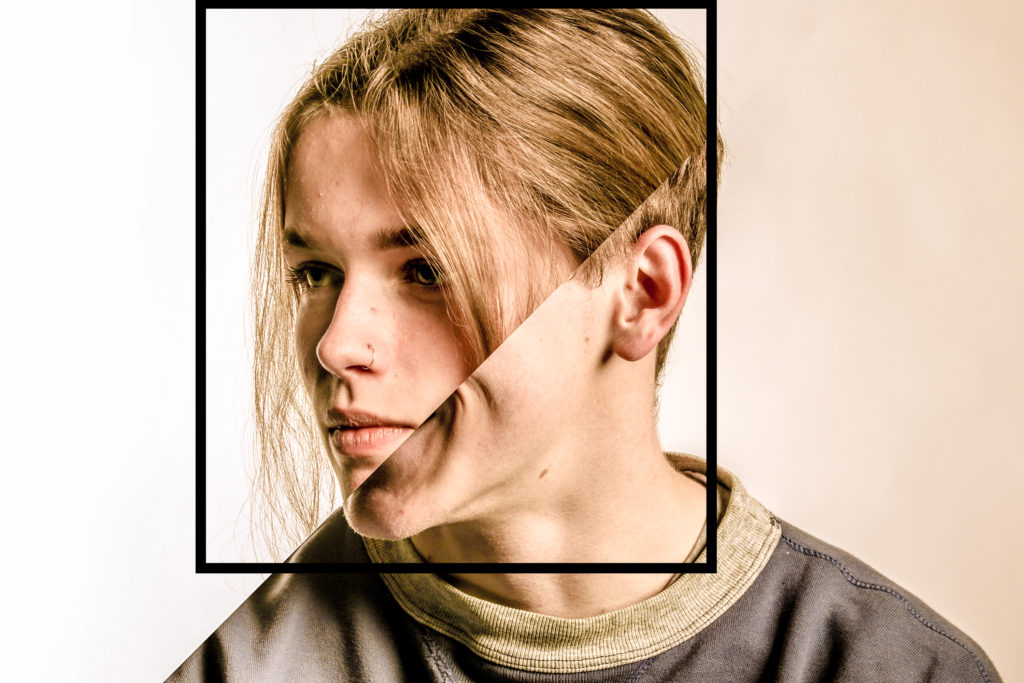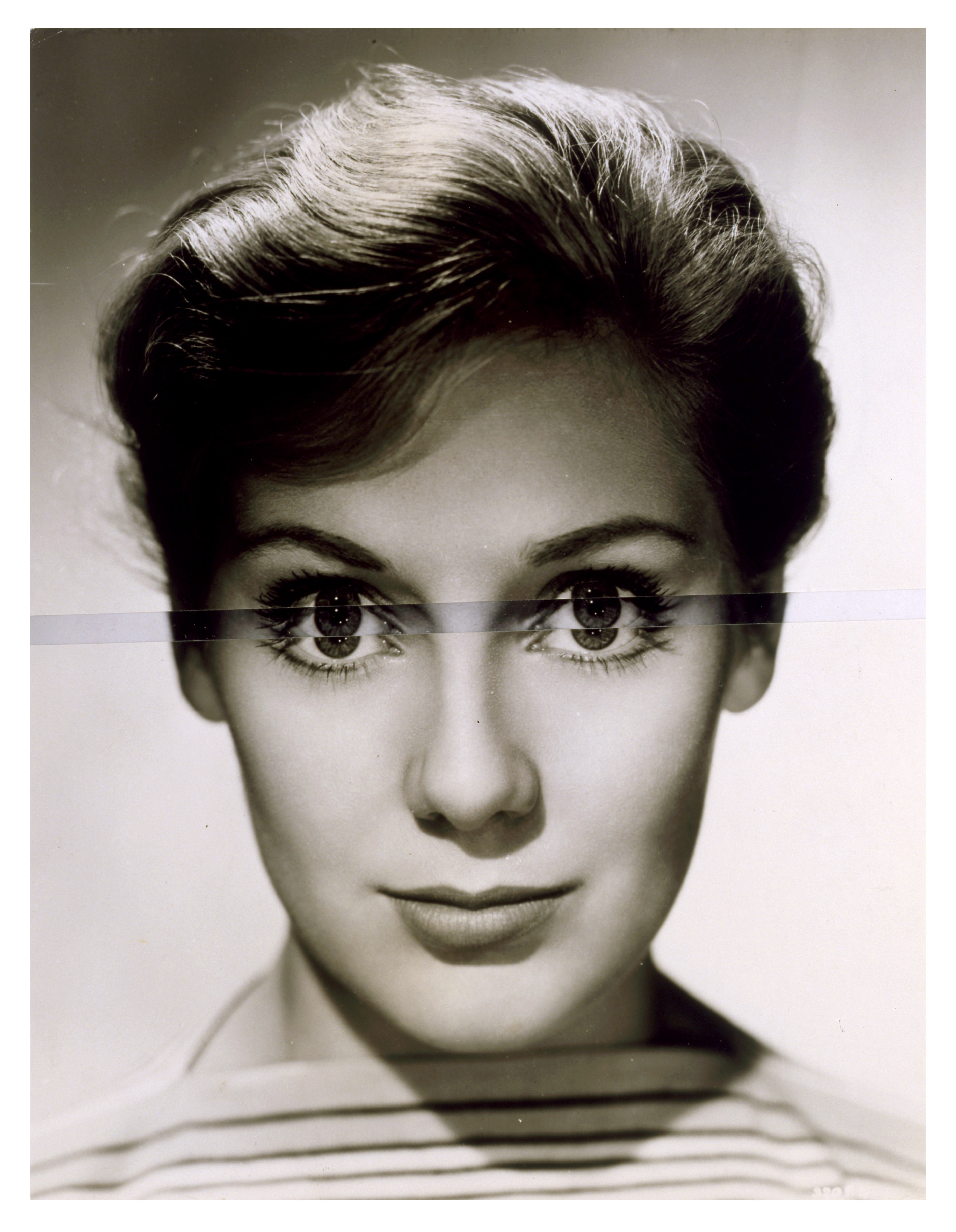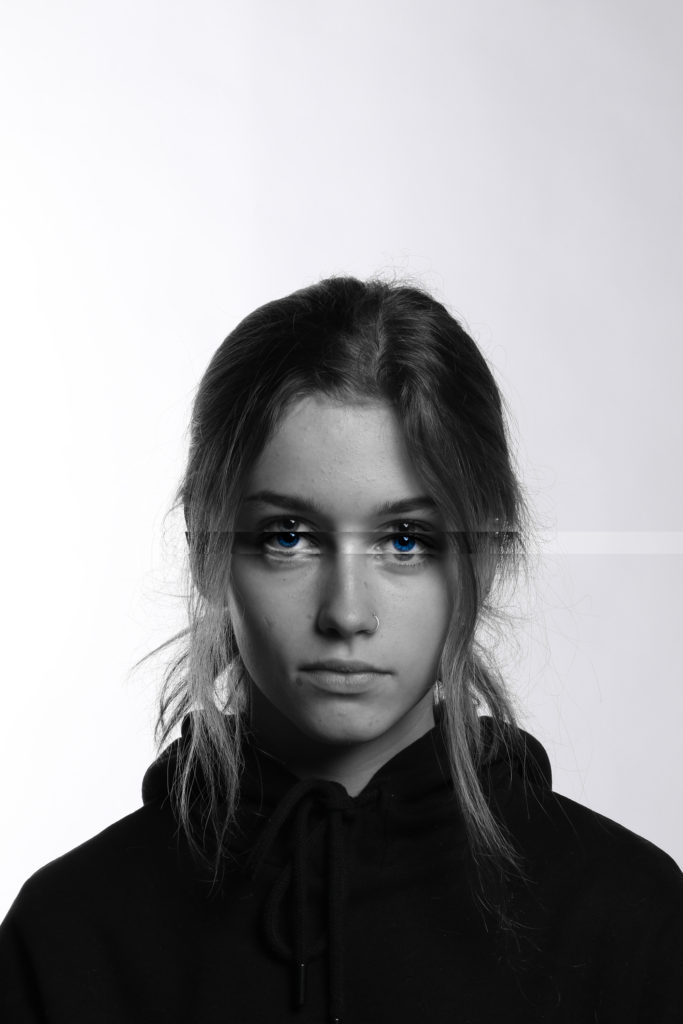A head shot or headshot is a modern (usually digital) portrait in which the focus is on the person. Head shots are used in many different ways, for example actors, models, and other performers are usually required to present a range of head shots alongside their portfolio and CV when applying for a job. This is so their employer can see exactly who they are ( i.e. age, ethnicity, etc. ). It is therefore important that they are taken in the right and most flattering way.
THOMAS RUFF
Thomas Ruff ( 1958 – ) is a German photographer who has been described as ‘a master of edited and reimagined images‘. In 1974, Ruff acquired his first camera and started to experiment, taking shots similar to those he had seen in many amateur photography magazines. During his studies in Düsseldorf, Ruff developed his method of conceptual serial photography. He began photographing landscapes, but while he was still a student he transitioned to the interiors of German houses, with typical features of the 1950s to 1970s. This was followed by similar views of buildings and portraits of friends from the Düsseldorf art and music scene. Between 1981 and 1985, he photographed 60 half-length portraits in the same manner: passport-like images, with the upper edge of the photographs situated just above the hair, even lighting, the subject between 25 and 35 years old, taken with a 9 × 12 cm negative and, because of the use of a flash, without any motion blur. The early portraits were black-and-white and small, but he soon switched to colour, using solid backgrounds in different colours. The resulting portraits depict the individual framed as in a passport photo, typically shown with emotionless expressions, sometimes face-on, sometimes in profile, and in front of a plain background.
MY RESPONSE – ACTION PLAN
WHO – My plan is to take photographs of my friends as they are easily available for me to shoot.
WHAT – I will be taking deadpan photographs in order to portray a ‘passport’ effect.
WHERE – I will take these photographs in the lighting studio against plain black and white backgrounds.
WHEN – I will be taking these photographs at the earliest opportunity in order to allow myself more time to edit and finalise my images.
WHY – I will be taking these photographs in order to showcase my knowledge and understanding of portrait photography.
CONTACT SHEETS
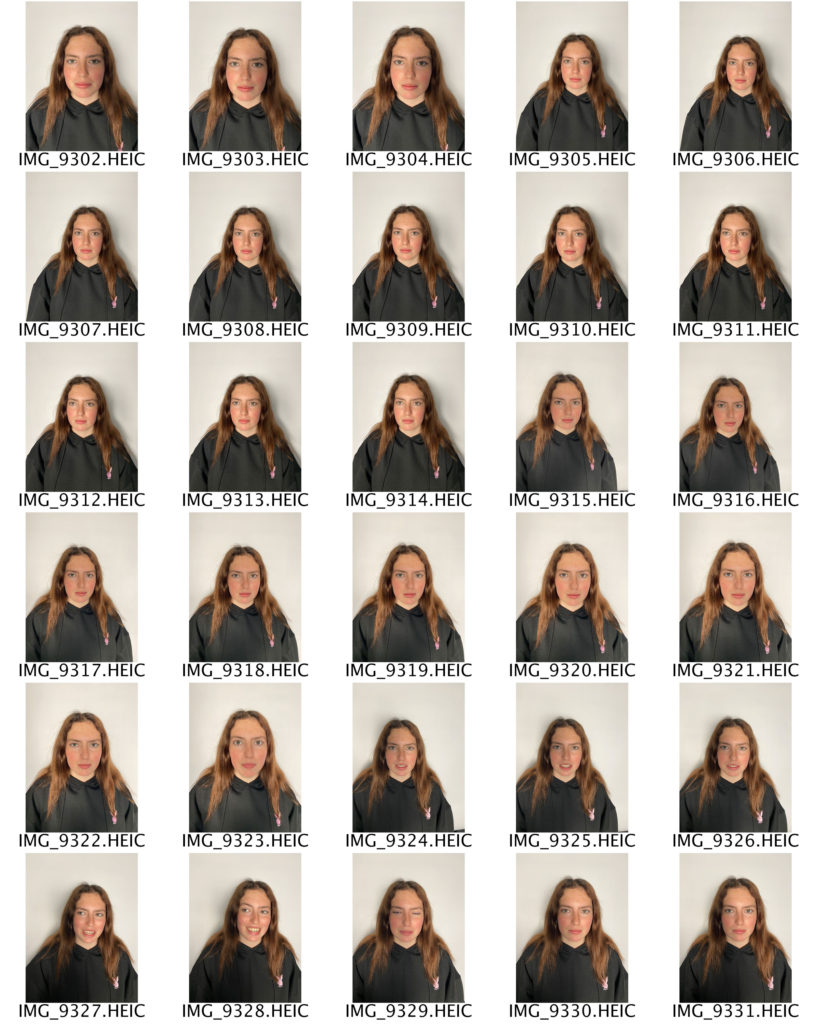
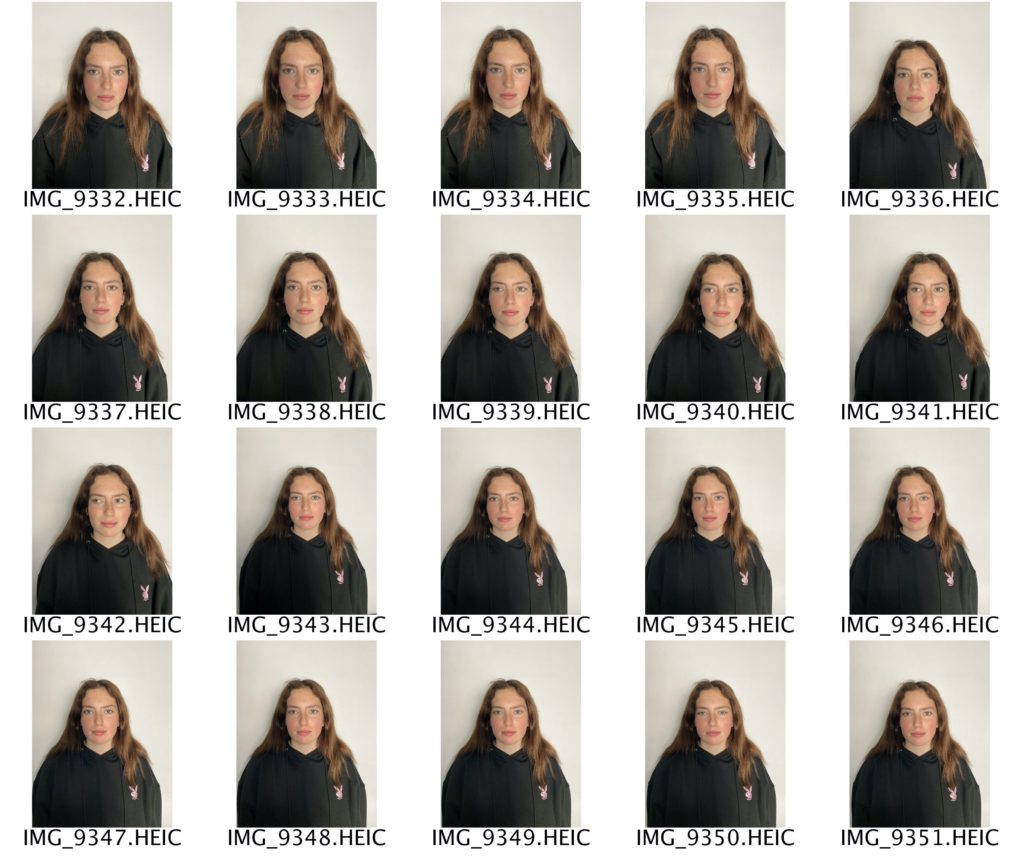
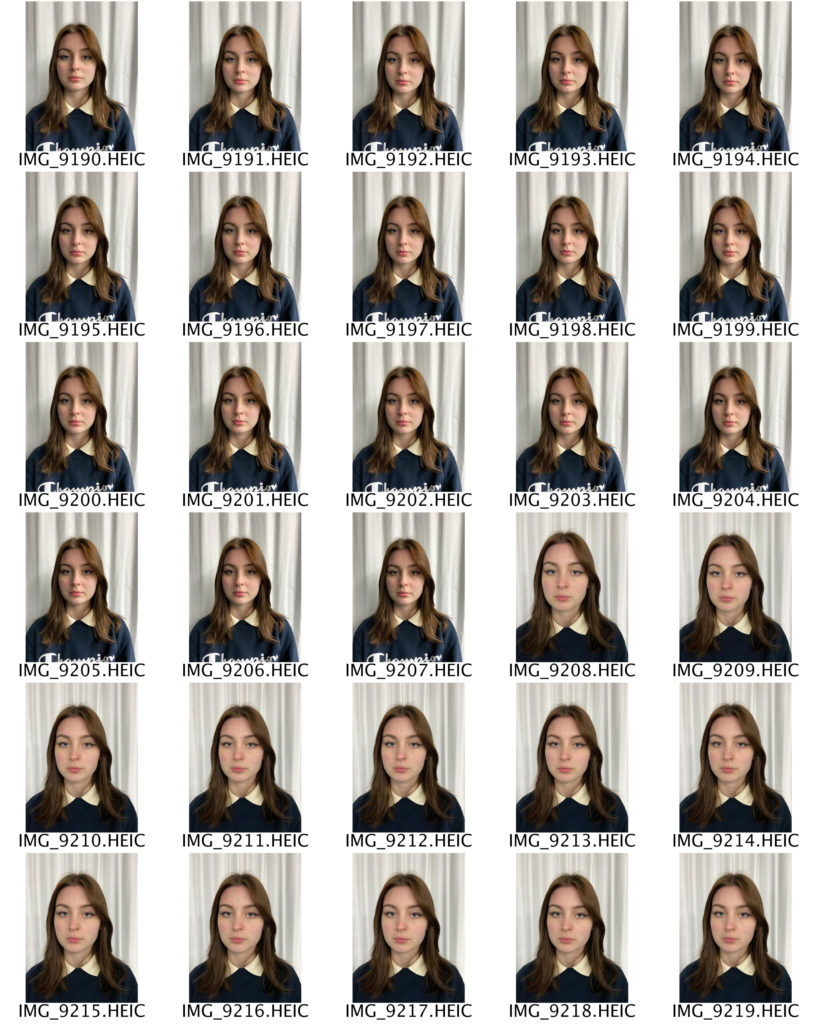
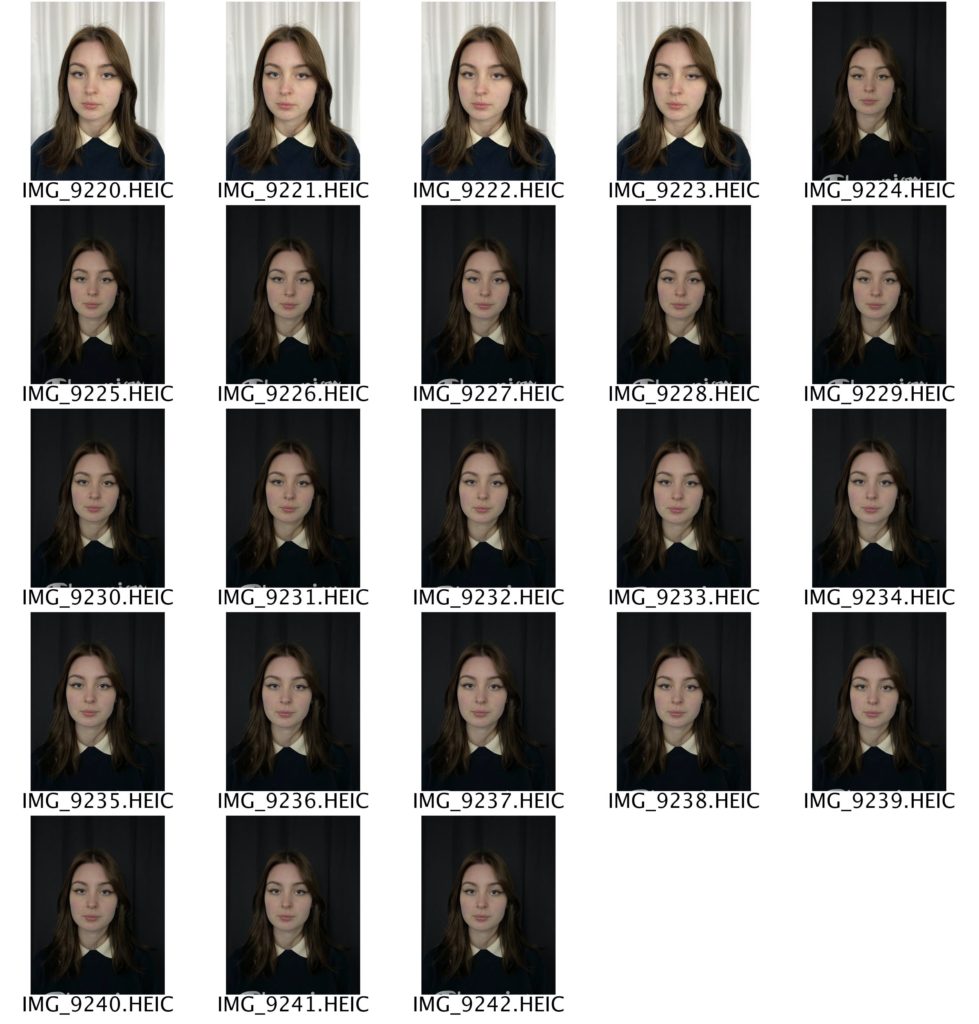
FINAL IMAGES
I have selected these two photographs as my final images because I think that they reflect Thomas Ruff’s work the most accurately. For example,e I have taken these photographs against a plain white background with my subject facing directly to the camera. My subject is placed in the middle of the photograph in order for there to be an equal amount of space and depth on all sides. I experimented with different angles and distances, such as shooting from up close to a few steps back. This allowed me to ensure that my photographs all looked as unique and different as possible, whilst still staying true to Ruff’s work. I edited my photographs using PhotoShop; firstly I sharpened them by selecting the filter tab, then sharpen. I then adjusted the vibrance by selecting the image tab, then adjustments, then vibrance. I slid along the scale until I was happy with the end result.

